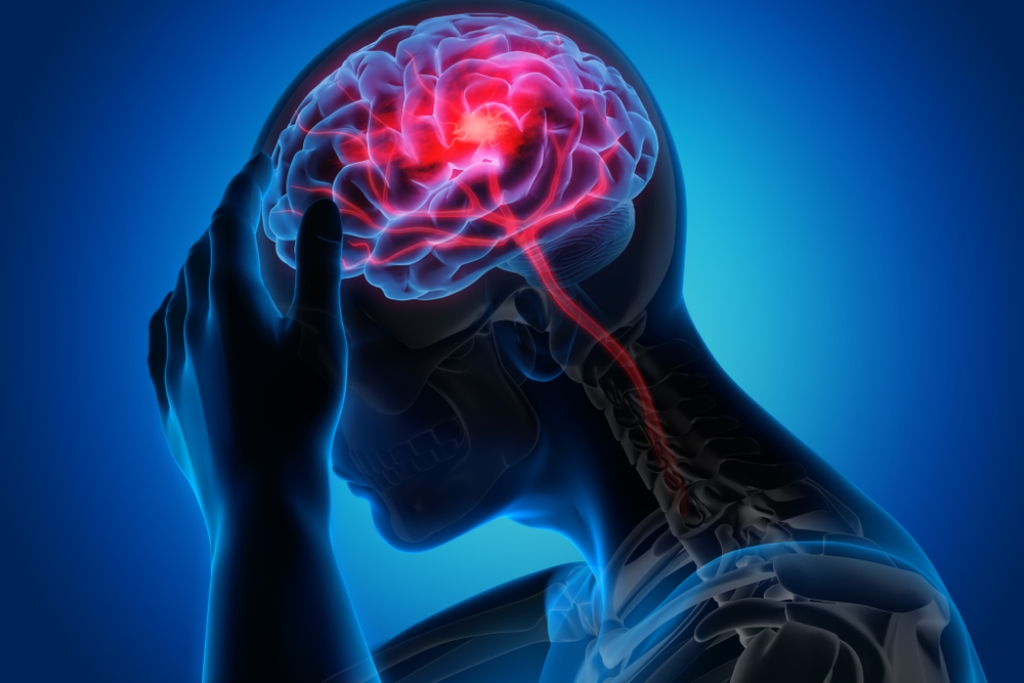Tomorrow, September 12, the International Migraine Day, his pathology is characterized by a chronic recurring headache. According to World Health Organization (WHO), migraine affects 14% of the world’s population.
This chronic pain is a debilitating and overwhelming condition that drastically impacts a patient’s life. Affecting his central system and preventing him from carrying out his daily activities.
The WHO on headaches indicates that worldwide between 50% and 75% of the adult population between 18 and 65 years suffers from some type of headache per year. In its frequency, between 1.7% and 4% of this group have headache at least every 15 days a month.
It also points out that headaches are a worldwide problem that affects regardless of the level of social status, income, race or geographical area.
Headaches can be different in their characteristics, incidences and duration. These can be classified as primary, in which it is ruled out that the affliction is from another disease. And the secondary ones that derive from another condition.
Symptoms
In addition to the main cause, vomiting, tingling, dizziness, slurred speech, sensitivity to light and sound may occur.
Some people may experience warning symptoms known as aura, and they may occur before or during the headache. These may include blurred vision with flashing lights, or tingling on one side of the face, arm, or leg.
It should be noted that migraine can affect anyone, affecting more women than men.
Causes
The main cause is abnormal brain activity, triggered by many factors, such as: drinking alcohol, strong odors and perfumes, stress, anxiety, loud noises or bright lights, changes in sleep patterns, smoking, caffeine withdrawal, among others.
Treatments
There are different treatments among which analgesics and preventive medications that reduce intensity stand out.
By: Diana Brito

















